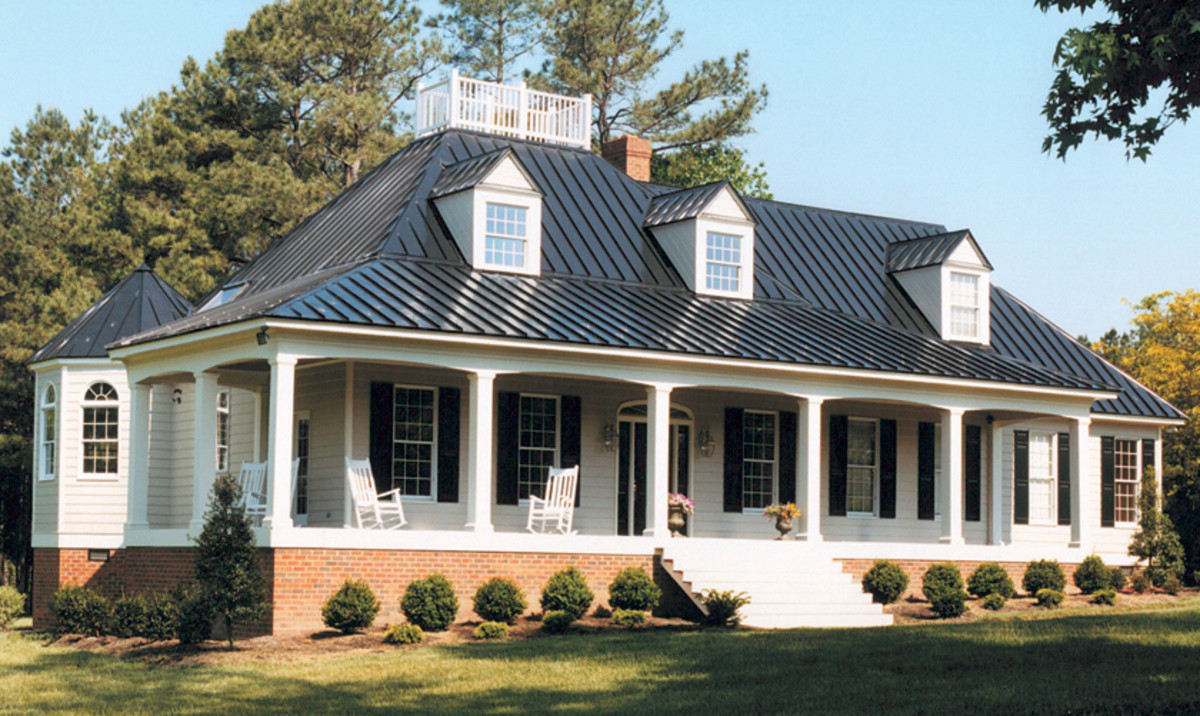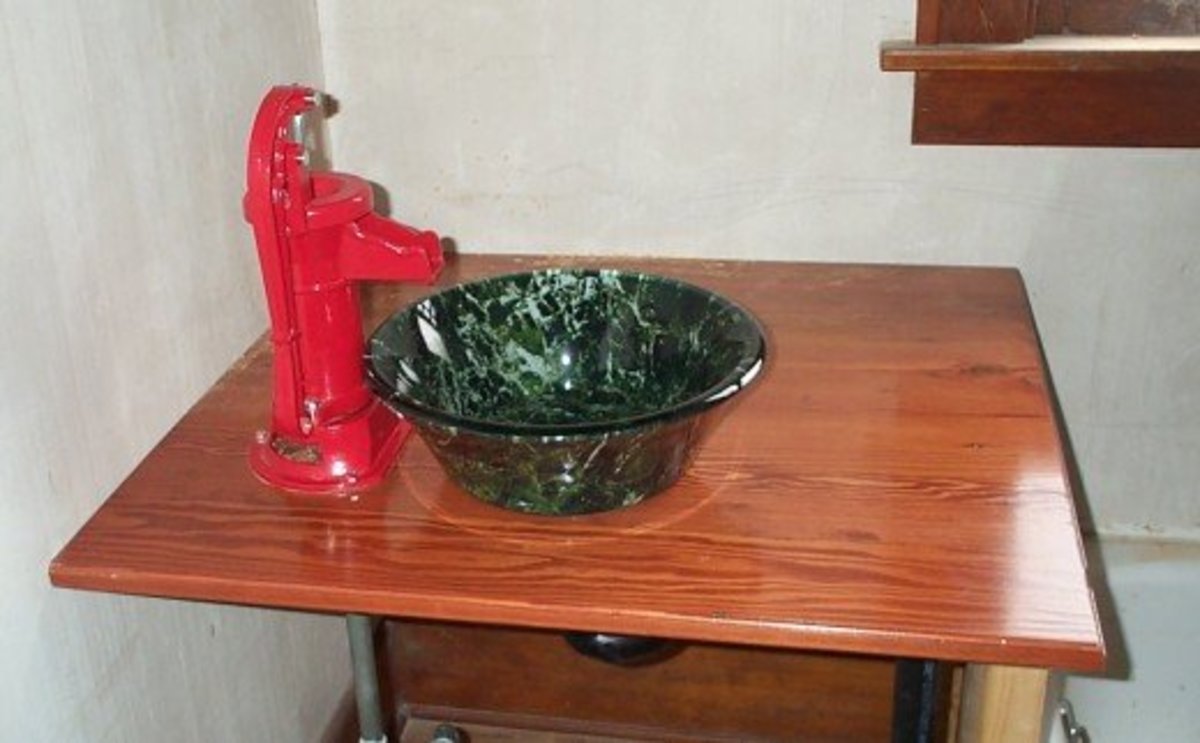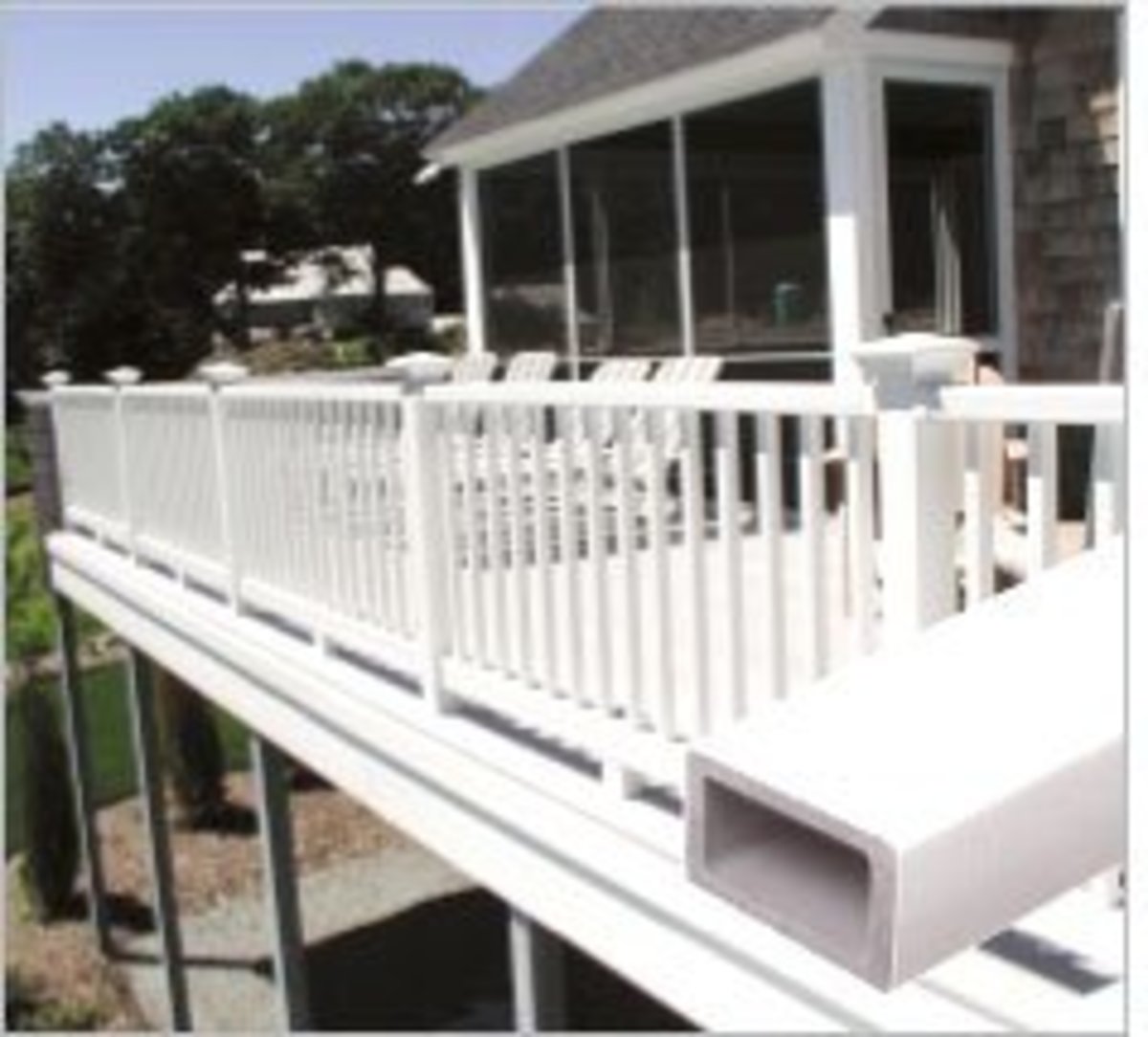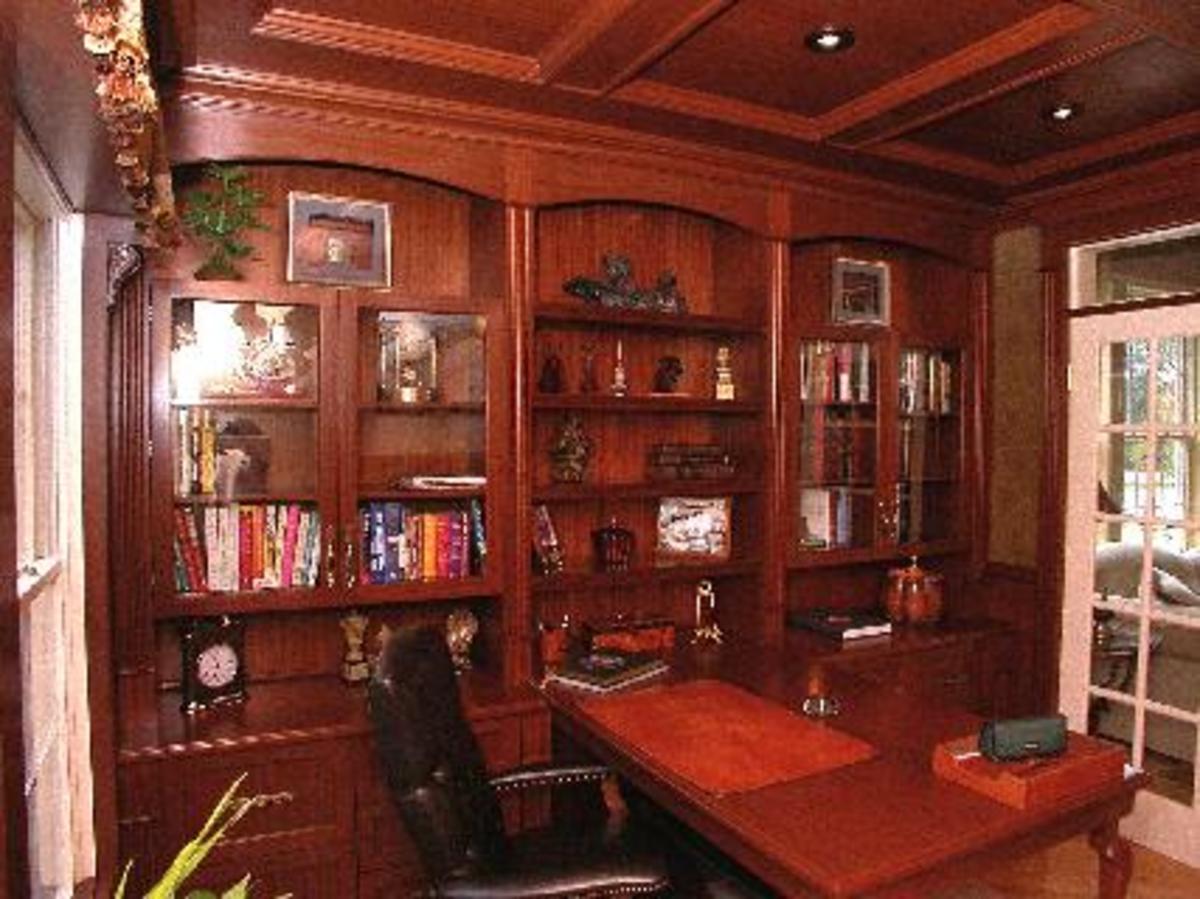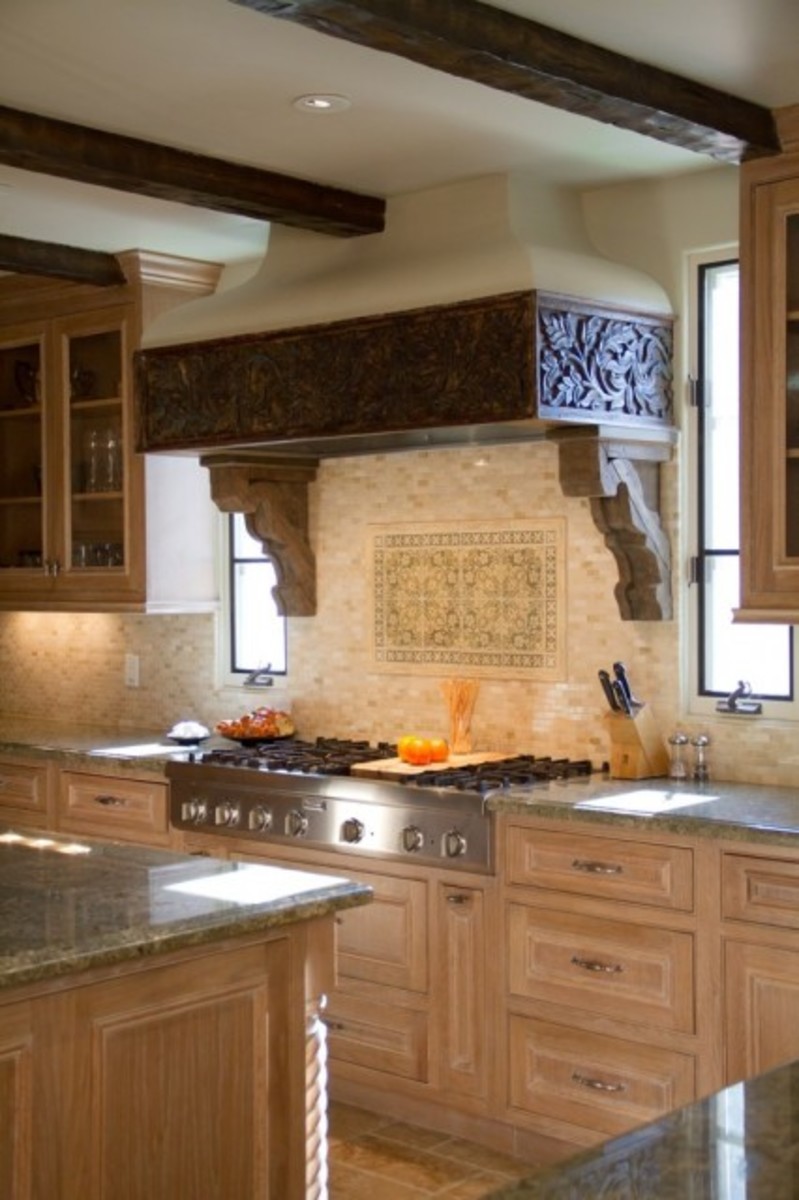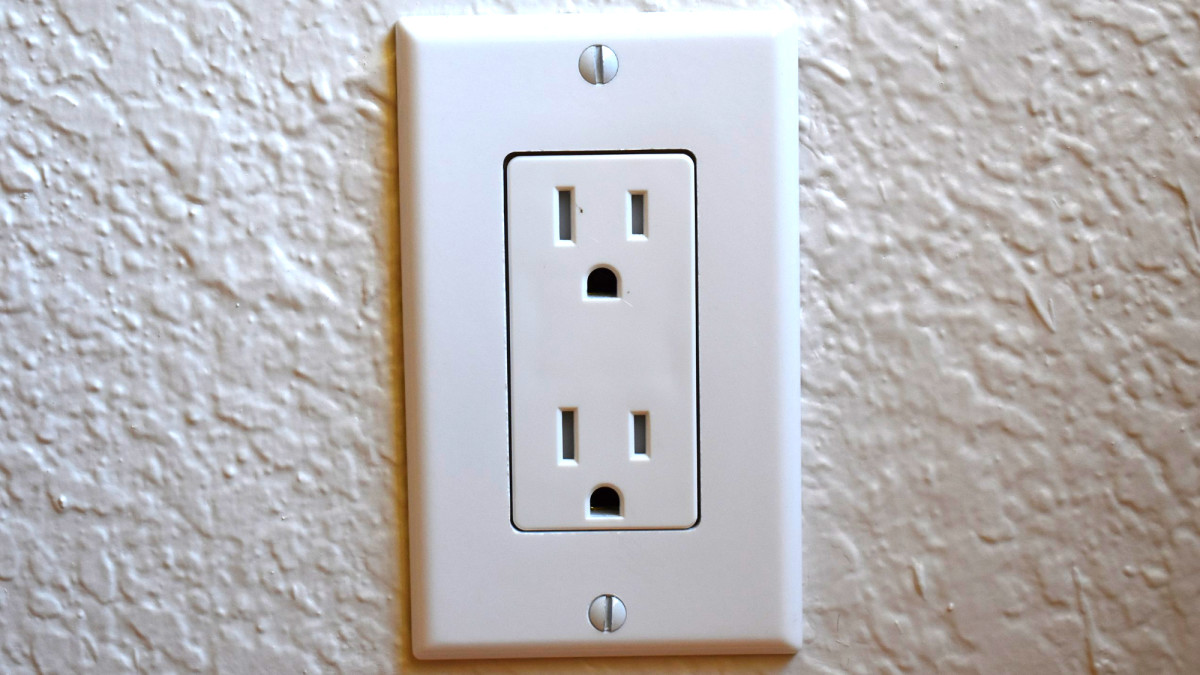Home Improvement Guide - Roofs and Their Problems
Whatever type of roof you have or find on a property you are considering buying, there are some basic problems you should be aware of and look out for. They will, of course, depend on the construction itself and the covering used.
Sagging roof
If the roof is sagging, this could indicate serious problems, unless the property is very old and the original cause has settled down.
If the ridge is straight and the sag is confined to a saucer-like depression in the roof covering, it is likely that the trouble is the result of poor construction of the part of the roof. Probably there are insufficient purlins to support the rafters or the cross-bracing is insufficient. It is also possible that the rafters are too weak, so check that they have not rotted or been severely attacked by insects.
It may be possible to brace the roof to prevent the trouble getting any worse. In some cases it may even be possible to jack the roof back into line before re-bracing it.
If the ridge itself is sagging, and perhaps the roof covering too, then the trouble is likely to be more serious - and so more expensive to put right. It may well be that the roof timbers have been affected by rot or insect attack. Examination in the attic should reveal the extent of this problem.
If there is no sign of rot or insect attack, then look for possible insecure fixing of the roof timbers, which would allow the roof to splay outwards, or even movement outwards of the top of the wall. The latter is particularly serious. By dropping a plumb line down from the top of the wall at the eaves, you may be able to. highlight the problem, which may well have been evident when you checked for bowing.
Hogged roof
This is a fault common to terraced houses. The roof falls away from the party wall, leaving the roof tiles or slates along that wall sticking up, with large gaps under them.
It is due to settlement of the foundations and, as long as the settlement has ceased, should not give cause for concern. It is, however, worth getting an architect or engineer to confirm this. A vertical crack between the front wall and the party wall should give cause for concern.
Rippling
Slight undulations along the ridge are sometimes difficult to spot, but they are a sign that the rafters have been spaced too far apart. If the rippling is in the roof surface, this also indicates that the rafters are too widely spaced.
A check in the attic space will confirm these faults and reveal whether rot or insect attack in the roof timbers is the cause. In the latter case, take steps to eliminate the trouble. Not much can be done about over-wide rafter spacing and there is no need to do anything unless the trouble gets worse.
Deteriorating coverings
If shingles, tiles or slates have cracked, slipped, delaminated, or are missing over a wide area, you have no option but to recover the roof. This is expensive, but does give you a chance to line the roof with underlayment, which will make the attic space drier, cleaner and warmer.
As a temporary solution, you can apply an all-over treatment, involving coating the roof with three layers of heavy duty bitumen liquid reinforced with fiberglass fabric membrane. This is much cheaper than re-roofing and can extend the roof life for 10 to 15 years. But it is not attractive to look at and eventually re-roofing will be required.
Faulty flashing
Flashings, which may be of metal (usually lead) or asphalt felt, waterproof the joints where the roof joins brickwork such as a house wall or chimney stack. Metal flashings corrode and felt flashings crack and pull away from the wall. In both cases, water can trickle down behind the flashing, resulting in damp patches on upstairs ceilings or walls.
Temporary repairs can be made quite easily and cheaply with self-adhesive metal-backed flashing strip. Ideally, new lead flashings should be fitted in the long term.
Rotting wood
Barge boards, fascias and soffits are made of wood and as such, are prone to damage and rotting from the elements. So check regularly that all the wood round the perimeter of the roof is sound.
They are fairly easy to replace, although highly decorative barge boards can be expensive to recreate using new wood. The job will usually involve erecting scaffolding, which is expensive, or using a platform tower; you cannot carry out the work safely from a ladder. Pry off the old wood section by section and nail up the replacements to the rafter ends.
- First Time Home Buyer Series
Tips, tricks and information geared towards the first time home buyers.

